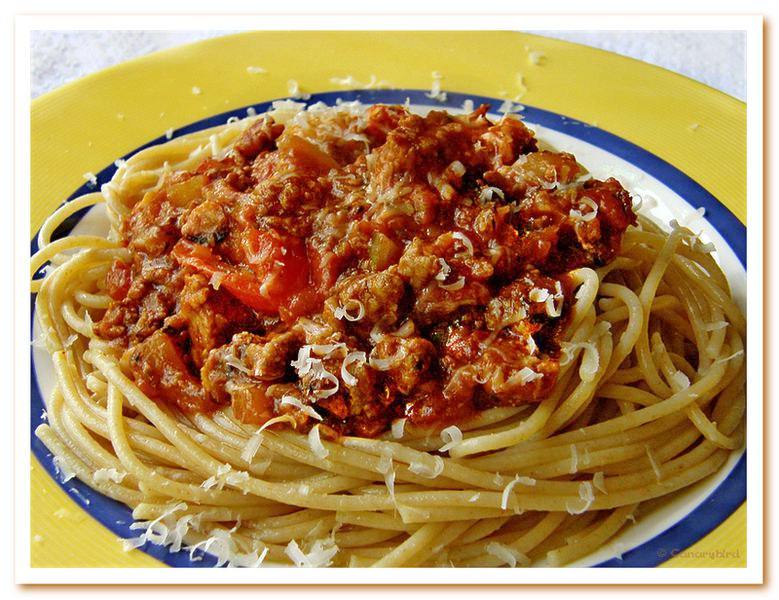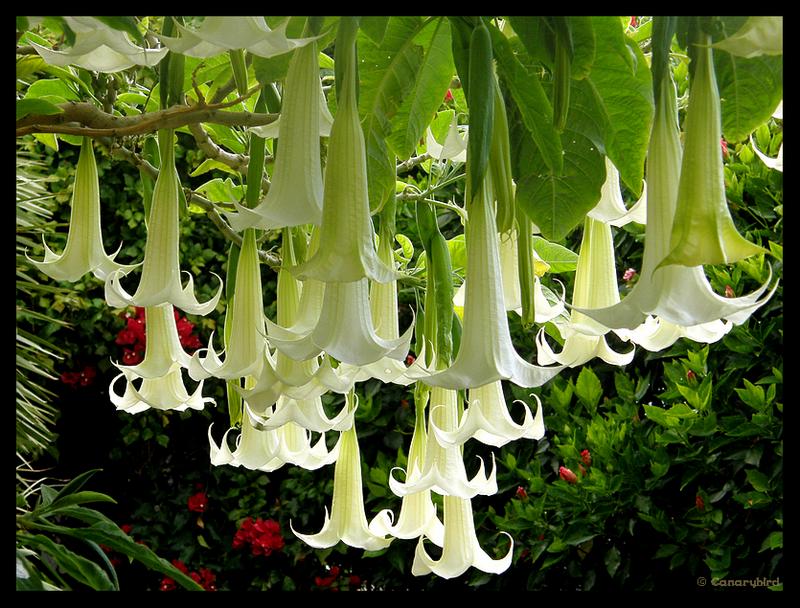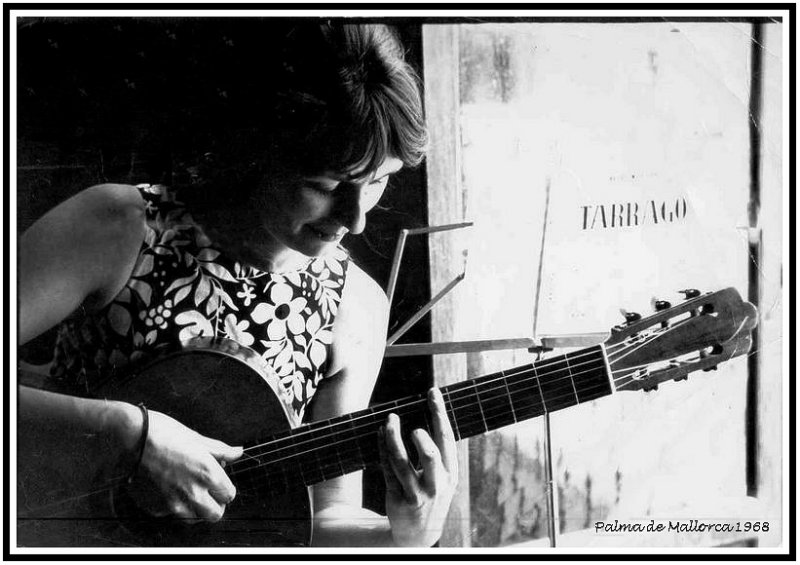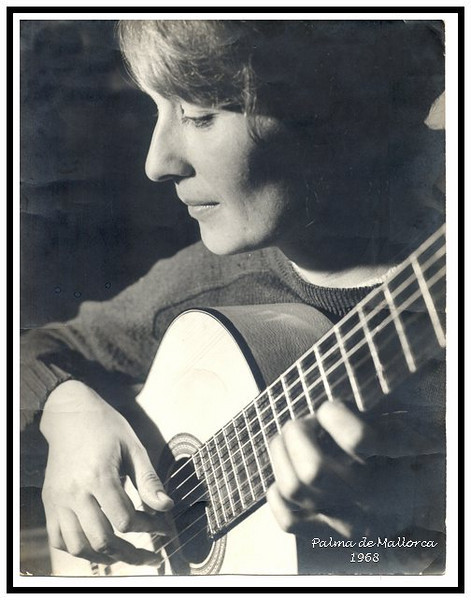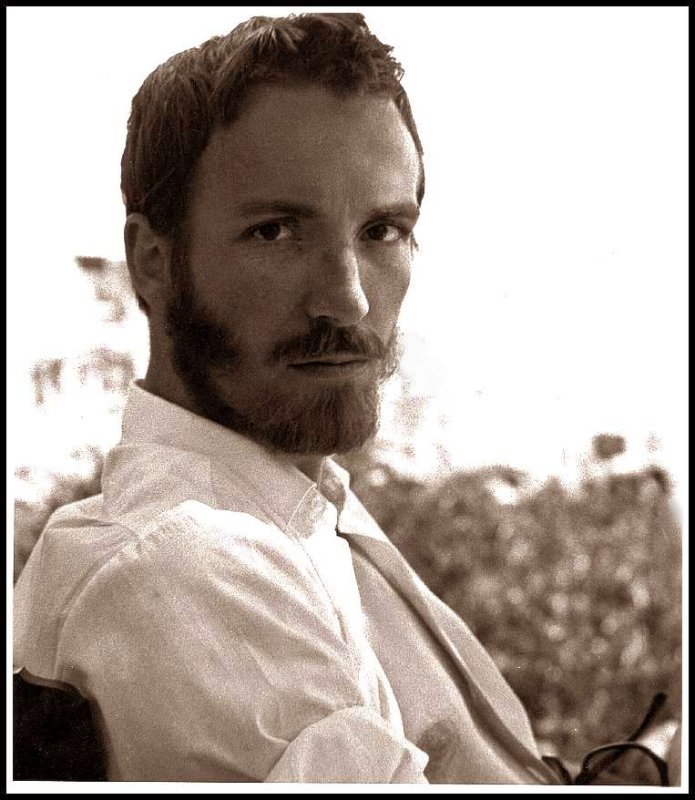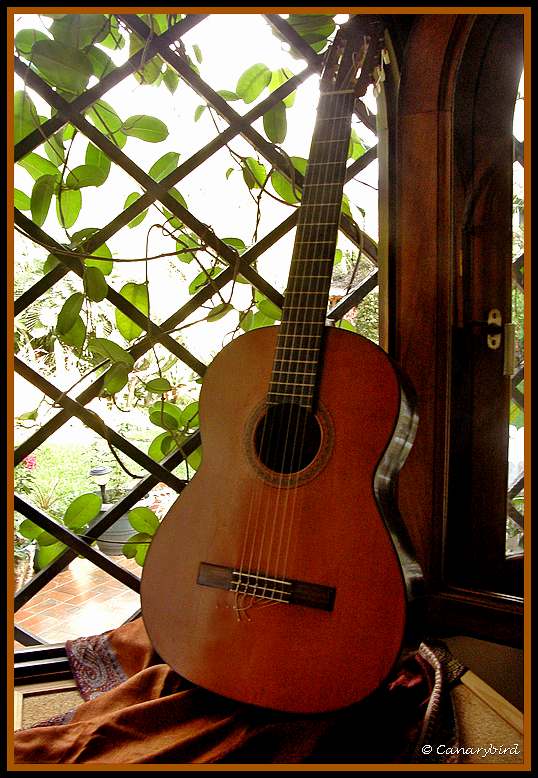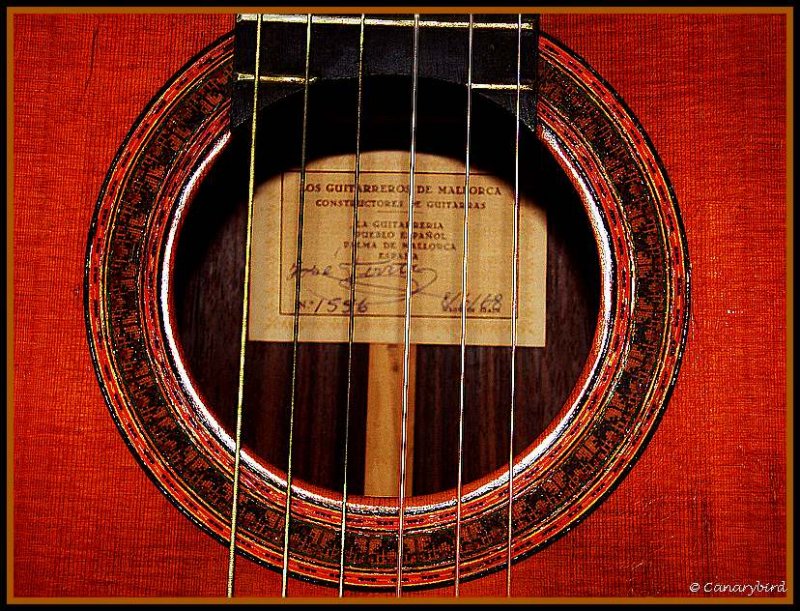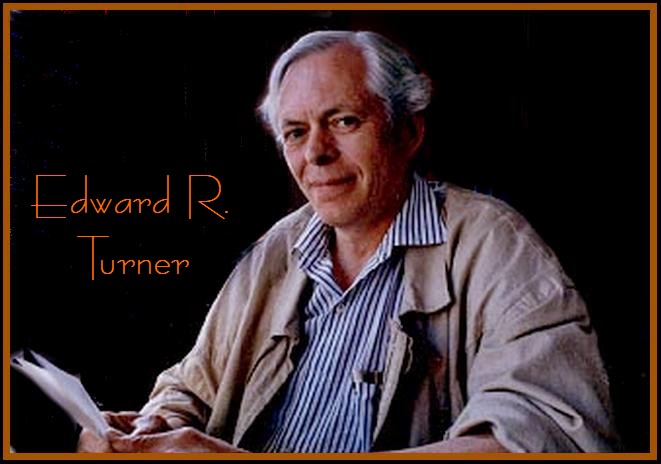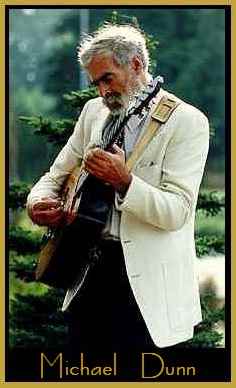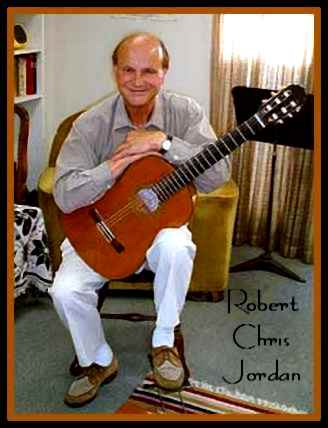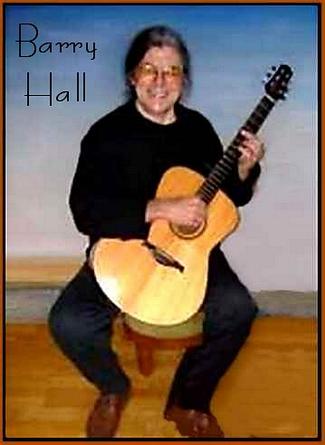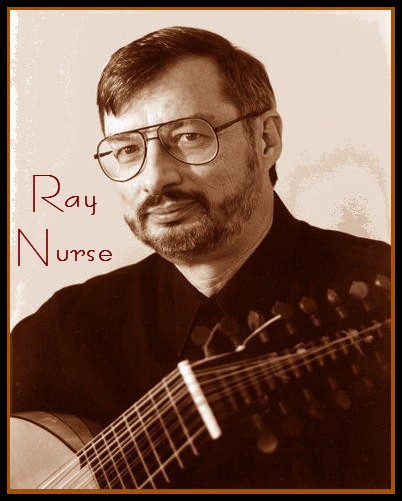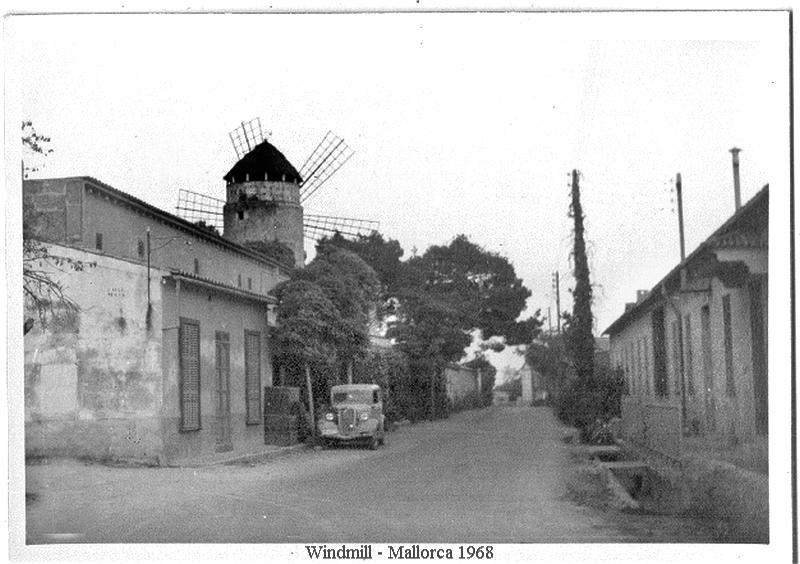Chapter 37
During these first months in Mallorca the weekends were eagerly anticipated because it was then that Mr. G., Helen and I went out exploring the island or visiting.
Mr. G. was acquainted with many of the English-speaking foreign residents, some whom he had met through his mother,
Dina Moore Bowden, a patron of the arts who was born into a wealthy American family.
At that time there were several known American artists and writers who had chosen Mallorca as their permanent home. Mr. G. was eager to introduce them to me, and at times we would appear without warning on the steps of an artist's studio home in a quiet village up in the Mallorcan hills. Not everyone had telephones in those days because it took years of waiting to have one installed. And many painters or writers had little desire to be in touch by telephone with the outside world, as they had left that convenience behind in their search for a simpler life style. A once a week trip down to the village often sufficed to replenish the pantry, catch up on local news or pick up the mail. But on occasion, we would receive a word of mouth invitation to visit someone.
I remember one such outing to the village of Galilea where we were invited to the studio home of John Ulbricht and his wife Angela von Neumann, both of whom were painters.

John Ulbricht was born in Cuba in 1926, and moved to America when he was six years of age. He studied in the Chicago Art Institute where he met his future wife, Angela Von Neumann, also a painter. After living in America and touring Europe they discovered Mallorca and decided to settle there in the village of Galilea in 1954.

Angela von Neumann was the daughter of Robert von Neumann, 1888 - 1976, a prolific painter who came to Wisconsin from Germany and taught art in Chicago for most of his life. Angela painted nature and animals in a naif or bright folk art style. She exhibited in USA, Mexico and Barcelona, and was awarded the Ramón Llull award of merit in 1998.
I remember her as an attractive dark-haired woman who in our brief meeting impressed me with her style and grace.
Galilea is a charming small village in the mountains of Mallorca. about 20 kms from Palma. Houses centre around the church square where a nearby bar and restaurant serves as a meeting place for neighbours and visitors.

My memories of the visit we had with John and his wife are a little vague now but I do remember entering a large, bright studio and seeing paintings stacked around the walls.
John painted large dimension head portraits in his style of pointillism, if I can call it that. His palette of soft earth tones, impressed me deeply, as did his ability to capture a likeness. He painted royals, and famous faces as well as friends on enormous canvases. I don't forget seeing his near wall-size canvas of the American writer, Anthony Bonner in the Bonner home, the first time I stepped inside with Mr. G.
He also painted larger than life elements of nature, fruits, vegetables and landscapes of Mallorca. Here are some examples:
And here is his painting of his wife, "Angela in Nine Fragments":

Another interesting visit will be coming soon.
All photos were taken from the internet. Thanks and credits to the following:
galeriagabrielvanrell.com
mallorcaweb.com
National Portrait Gallery (npg.org.uk) Portrait of Mountbatten
pintura.aut.org
Lletres.net
fototeca.cat












